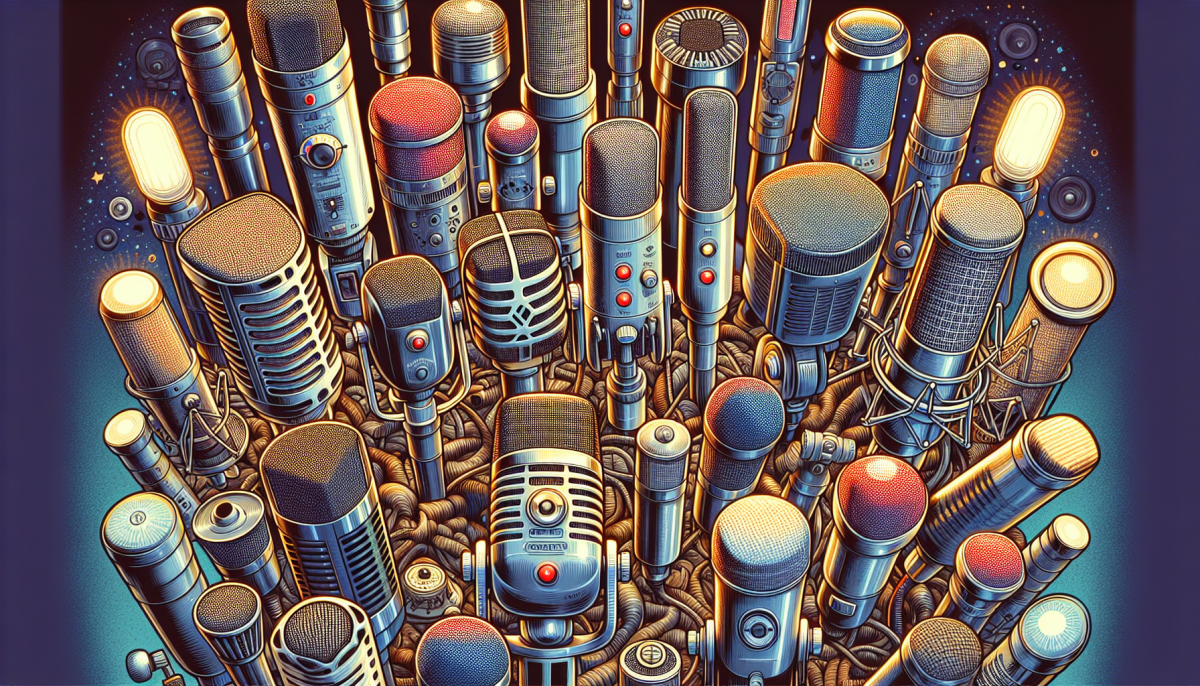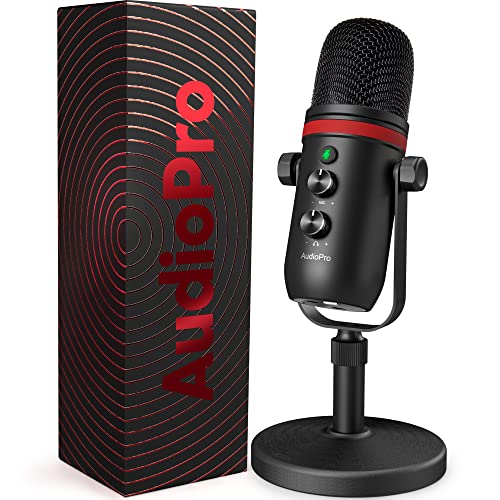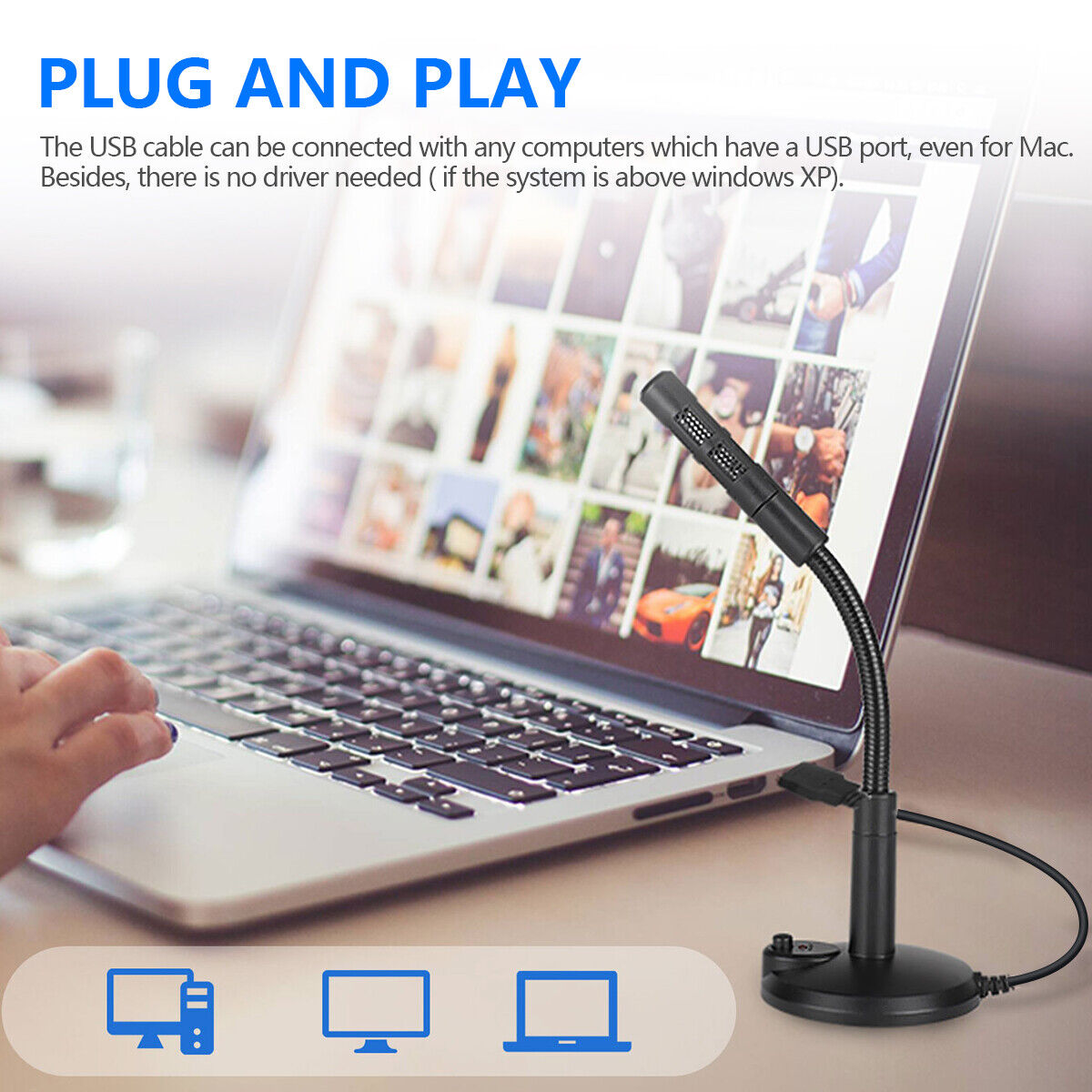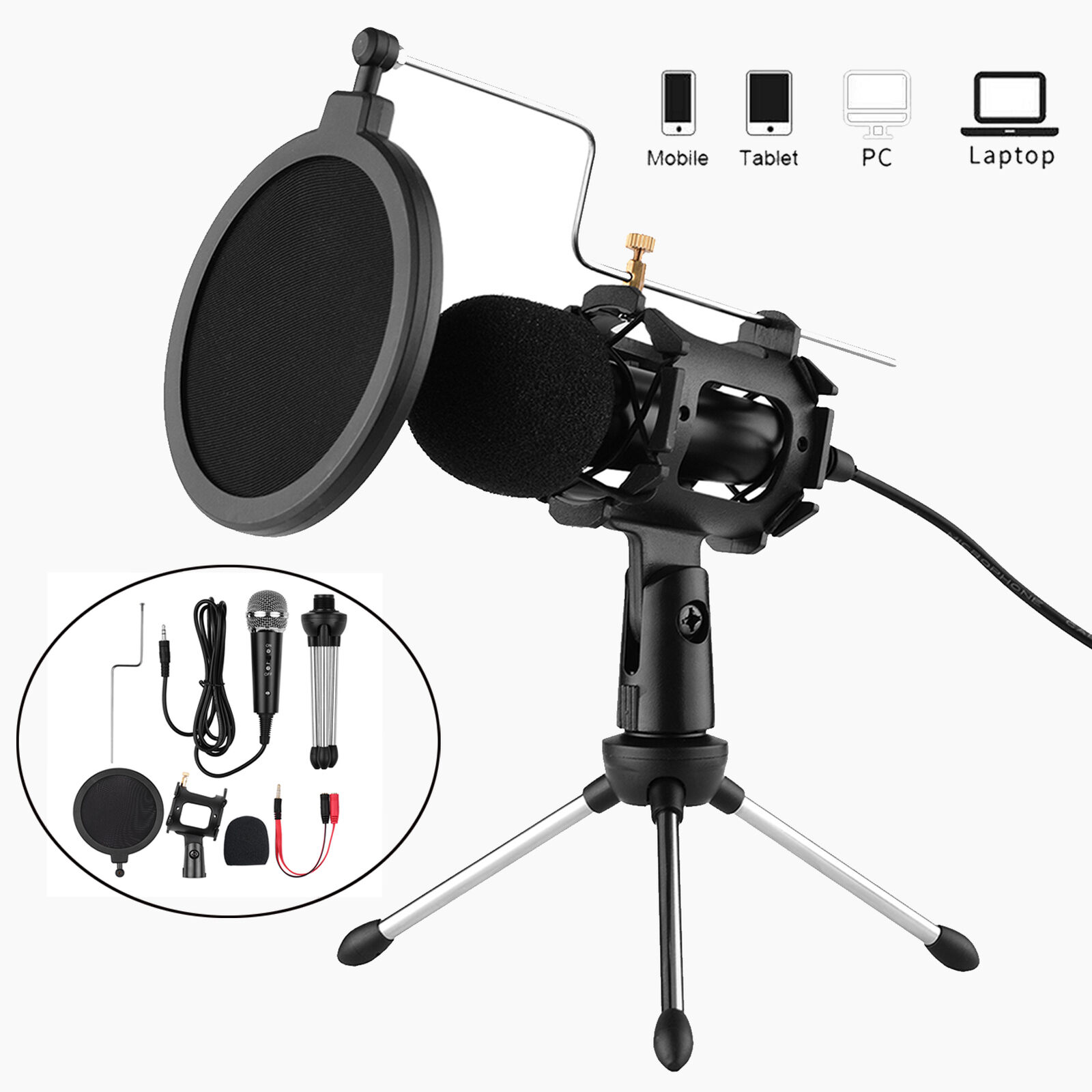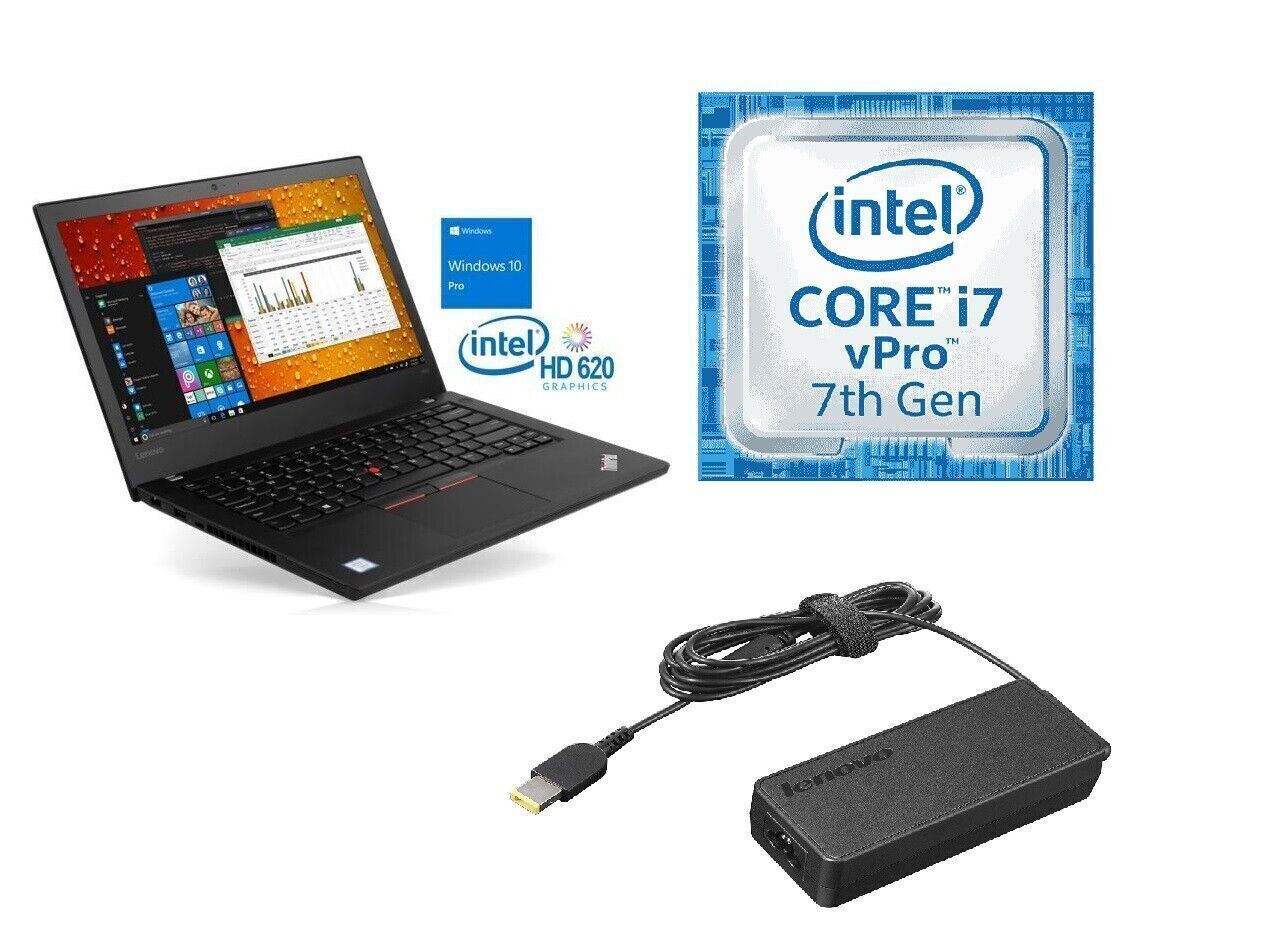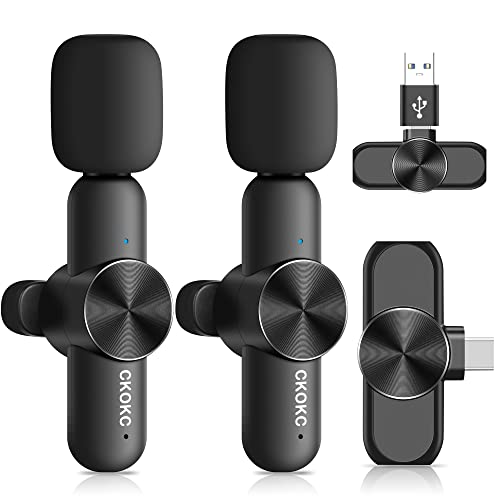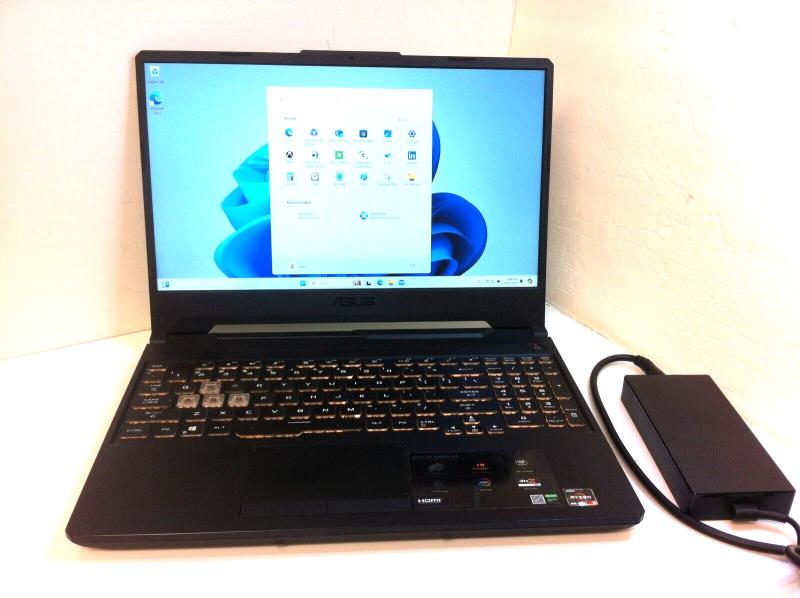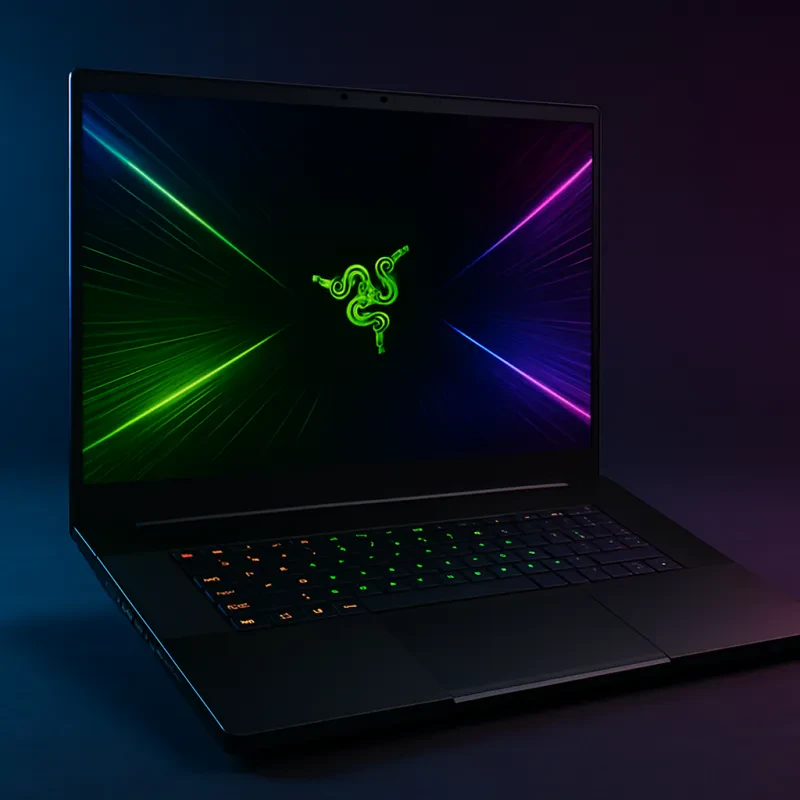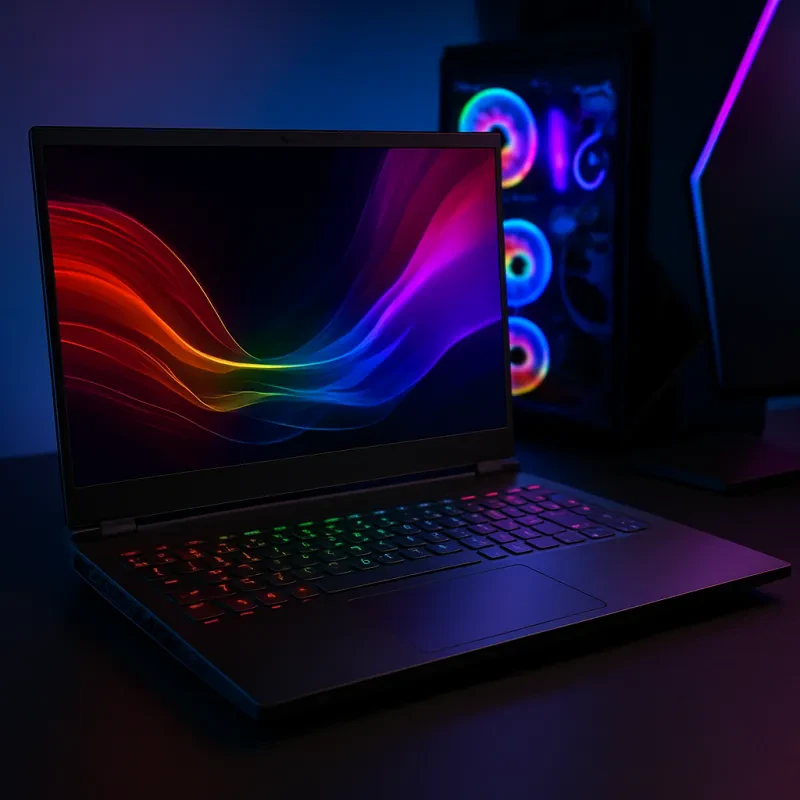When it comes to capturing sound, microphones play a vital role in various industries, ranging from music and broadcasting to public speaking and recording. With numerous types of microphones available in the market today, it can be overwhelming for beginners to figure out which one suits their needs. This article aims to simplify the process by unveiling the basics of microphone types and their functions.
Dynamic Microphones
Dynamic microphones are known for their durability and versatility, making them suitable for a wide range of applications. These microphones work on the principle of electromagnetic induction, where sound waves cause a diaphragm to vibrate within a magnetic field, generating an electrical signal.
Dynamic microphones are ideal for live performances, as they can handle high sound pressure levels without distortion. They are commonly used on stages for vocals and instruments, and also find applications in recording studios for drums and electric guitar amplifiers.
Condenser Microphones
Condenser microphones utilize a different mechanism for capturing sound. They consist of a thin diaphragm placed closely to a metal plate, forming a capacitor. Sound waves cause the diaphragm to vibrate, resulting in changes in the distance between the diaphragm and the metal plate. These changes create an electric charge, producing the microphone's output signal.
Condenser microphones are highly sensitive and can accurately reproduce sounds with great detail and clarity. They are commonly used in studio recordings, podcasting, and broadcasting, where capturing the nuances of vocals and instruments is crucial. However, due to their higher sensitivity, they can be more susceptible to distortion when exposed to loud sounds.
Ribbon Microphones
Ribbon microphones have a unique design, consisting of a thin ribbon made of aluminum or duraluminum suspended within a magnetic field. When sound waves hit the ribbon, it vibrates within the magnetic field, generating an electrical signal. These microphones are known for their warm and vintage sound characteristics, often favored by musicians and engineers seeking a nostalgic touch in their recordings.
Ribbon microphones are delicate and require careful handling, as the ribbon can be easily damaged by excessive wind or high sound pressure levels. They are commonly used in studio environments for capturing vocals, string instruments, and brass sections, where their smooth and rich sound qualities shine.
Lavalier Microphones
Lavalier microphones, also known as lapel microphones, are compact and discreet, often clipped onto clothing for hands-free operation. They are commonly used in television broadcasts, interviews, and presentations, where freedom of movement is essential. Lavalier microphones can be either dynamic or condenser based on their specific design.
These microphones are typically omnidirectional, meaning they capture sound from all directions. While they provide convenience and flexibility, they may not offer the same level of sound quality and isolation as larger microphones.
Conclusion
Understanding the basics of microphone types and functions is crucial in selecting the right microphone for specific applications. Dynamic microphones excel in live performances, condenser microphones are ideal for studio recordings, ribbon microphones offer a vintage touch, and lavalier microphones provide flexibility and convenience. By considering these factors, one can navigate the world of microphones with confidence and find the perfect tool to capture pristine audio.
Digging Deeper: Exploring Advanced Microphone Technologies and Features
Microphones have come a long way since their invention in the 19th century. Today, they are an integral part of many industries, from music recording studios to public speaking events. In this section, we will take a closer look at some of the advanced microphone technologies and features that have revolutionized the audio industry.
1. Condenser Microphones
Condenser microphones, also known as capacitor microphones, are a popular choice for professional audio recording. They utilize a diaphragm and a backplate to create an electrical charge that converts sound waves into electrical signals. These microphones are known for their sensitivity and ability to capture accurate and detailed sound. As a result, they are commonly used in studio applications for vocals, instruments, and podcasting.
2. Dynamic Microphones
Dynamic microphones are rugged and versatile, making them a favorite for live performances and broadcasting. They use a moving coil attached to a diaphragm to generate an electrical signal. Dynamic microphones are highly durable and can handle high sound pressure levels without distortion. These characteristics make them ideal for amplifying loud instruments, such as drums and electric guitars, as well as for vocals in live settings.
3. Ribbon Microphones
Ribbon microphones utilize a thin strip of metal, usually aluminum, to capture sound. They are known for their warm and smooth sound reproduction, making them a preferred choice for recording studios. However, ribbon microphones are delicate and sensitive to moisture and wind, so they require careful handling and protection. Due to their bidirectional pickup pattern, they are commonly used in stereo recording applications.
4. Wireless Microphones
Gone are the days of being tethered to a microphone cable. Wireless microphones have made significant advancements in recent years, offering freedom of movement and versatility. They consist of a handheld or bodypack transmitter that sends audio signals wirelessly to a receiver. Wireless microphones are commonly used in stage performances, corporate presentations, and broadcasting. However, they can be susceptible to interference and require careful frequency management.
5. USB Microphones
In the digital age, USB microphones have gained popularity due to their simplicity and convenience. These microphones connect directly to a computer or mobile device via USB, making them plug-and-play devices. USB microphones are ideal for podcasting, video conferencing, and home recording. While they may not offer the same level of audio quality as professional studio microphones, they provide an accessible entry point for beginners and casual users.
6. Multi-Pattern Microphones
Multi-pattern microphones, also known as switchable pattern microphones, allow users to change the pickup pattern of the microphone to suit different recording scenarios. They can be set to cardioid, omnidirectional, or figure-eight patterns, among others. This versatility makes them suitable for a wide range of applications, from solo vocals to group recordings. Multi-pattern microphones are commonly found in professional studios and are favored by experienced audio engineers.
Now that we have explored these advanced microphone technologies and features, we can better appreciate the vast array of options available to audio enthusiasts and professionals alike. Whether you're recording in a studio, performing on stage, or engaging in conference calls, the right microphone can make all the difference in capturing clear and accurate sound.
Mastering the Mic: Pro Tips and Techniques for Optimal Recording
When it comes to recording audio, the microphone is a crucial tool that can make or break the quality of your final product. Whether you're a professional audio engineer or an aspiring podcaster, mastering the art of mic techniques can take your recordings to new heights. In this section, we'll explore some pro tips and techniques to help you achieve optimal recording results.
1. Selecting the Right Microphone
Choosing the right microphone for your recording needs is the first step towards achieving great audio quality. There are several types of microphones available, each with its own strengths and applications. Condenser microphones, for example, are excellent for capturing vocals and acoustic instruments, while dynamic microphones are ideal for live performances and high-volume sound sources. Take the time to research and experiment with different microphone options to find the perfect match for your recording environment.
2. Positioning and Placement
Once you've selected the appropriate microphone, proper positioning and placement are key to achieving optimal audio capture. Experiment with microphone placement, considering factors like distance, angle, and proximity to the sound source. For vocals, placing the microphone slightly off-center can help reduce plosive sounds while still capturing the full tonal range of the voice. When recording instruments, try positioning the microphone close to the sound source for a more direct and focused sound, or further away for a more ambient and spacious feel.
3. Minimizing Background Noise
A pristine recording requires minimizing any unwanted background noise. To achieve this, ensure that your recording space is as quiet as possible. Use soundproofing materials to minimize reflections and echoes, and consider investing in a pop filter to reduce plosive sounds and sibilance during vocal recordings. Additionally, be mindful of any potential sources of interference, such as electrical equipment or air vents, and position yourself and the microphone to minimize their impact on the recording.
4. Proper Mic Handling
Handling your microphone with care is essential to maintain its longevity and ensure optimal performance. Always hold the microphone by its body, not the grille, to prevent unnecessary vibrations or damage to the delicate components. Avoid excessive handling or tapping on the microphone, as this can introduce unwanted noise. If you're using a condenser microphone with a polar pattern selector, be sure to adjust it accordingly to capture sound from the desired direction and reject any unwanted noise.
5. Monitor and Adjust
While recording, it's crucial to continuously monitor and adjust your microphone setup to achieve the best possible sound. Use headphones to monitor the audio in real-time and identify any issues or adjustments that need to be made. Keep an eye on the microphone levels to ensure they are not clipping or distorting, and make necessary adjustments to the gain or input settings as required. Regularly reviewing and adjusting your setup throughout the recording process will help you catch any problems early on and save you valuable time during post-production.
Mastering the art of microphone techniques takes time and practice, but with these pro tips and techniques, you'll be well on your way to achieving optimal recording results. Remember to experiment, listen critically, and continuously refine your skills to unlock the full potential of your microphone and capture stunning audio for your projects.
USB Microphone - AUDIOPRO Computer Condenser Gaming Mic for PC/Laptop/Phone/PS
Enhance your gaming experience with the AUDIOPRO Computer Condenser Gaming Mic for PC, Laptop, Phone, and PS, featuring USB connectivity
Product information
$37.99
Product Review Score
4.79 out of 5 stars
130 reviews